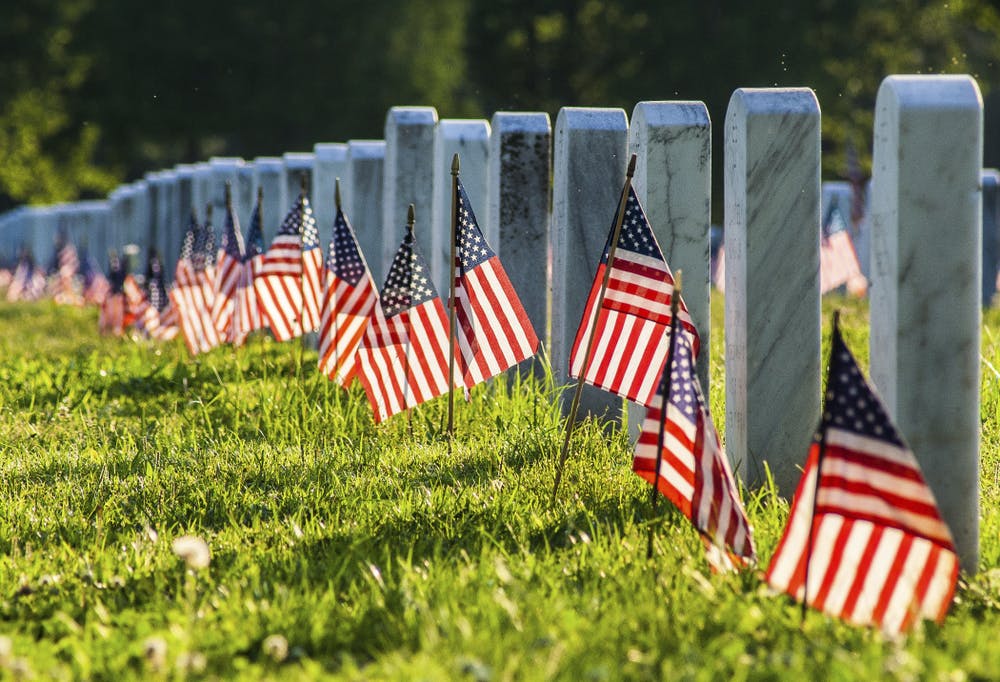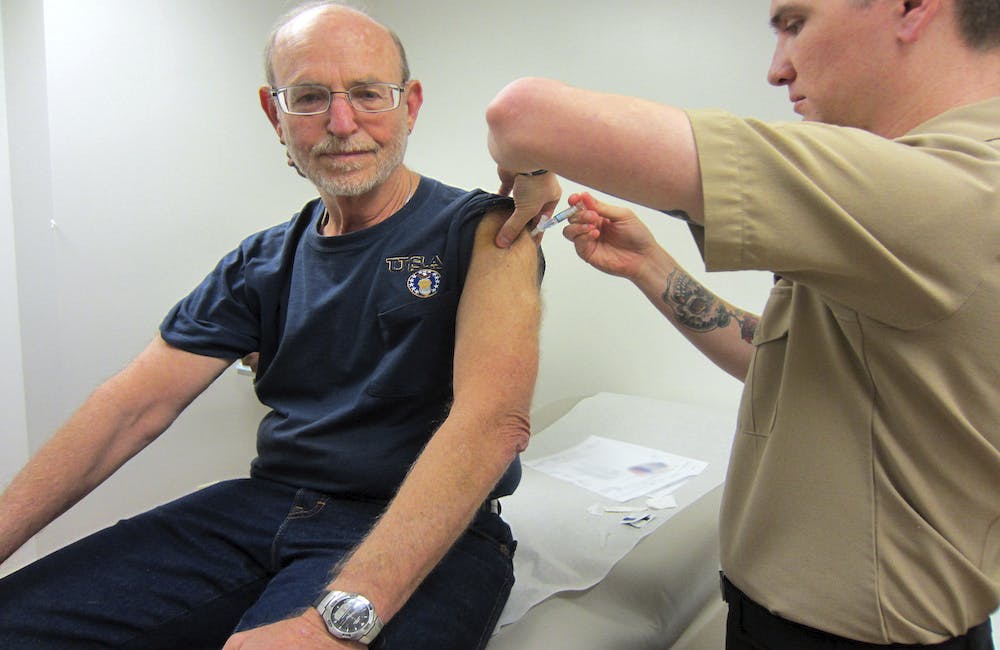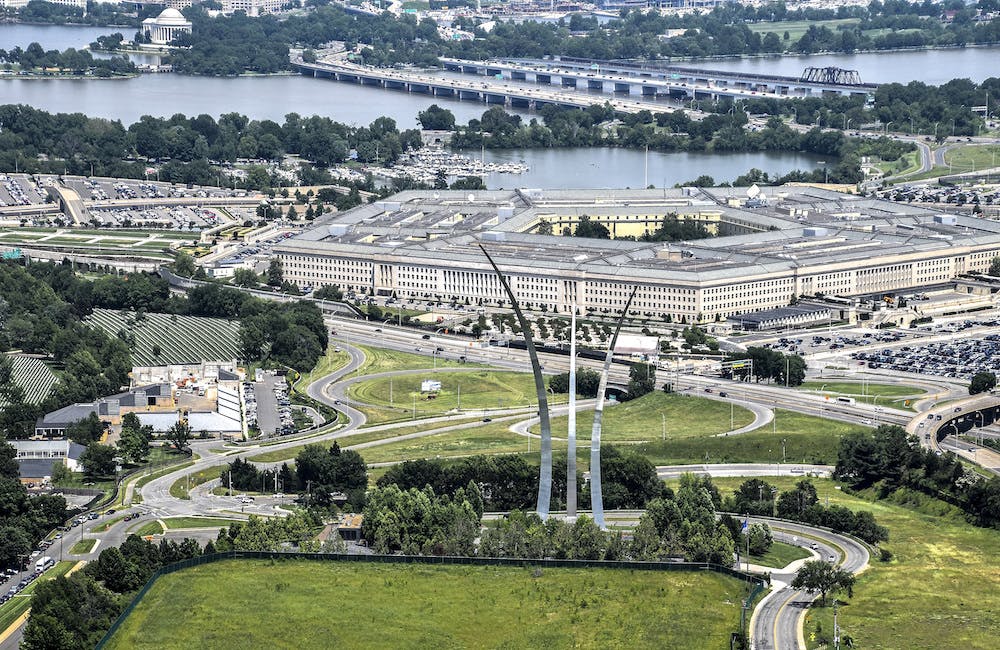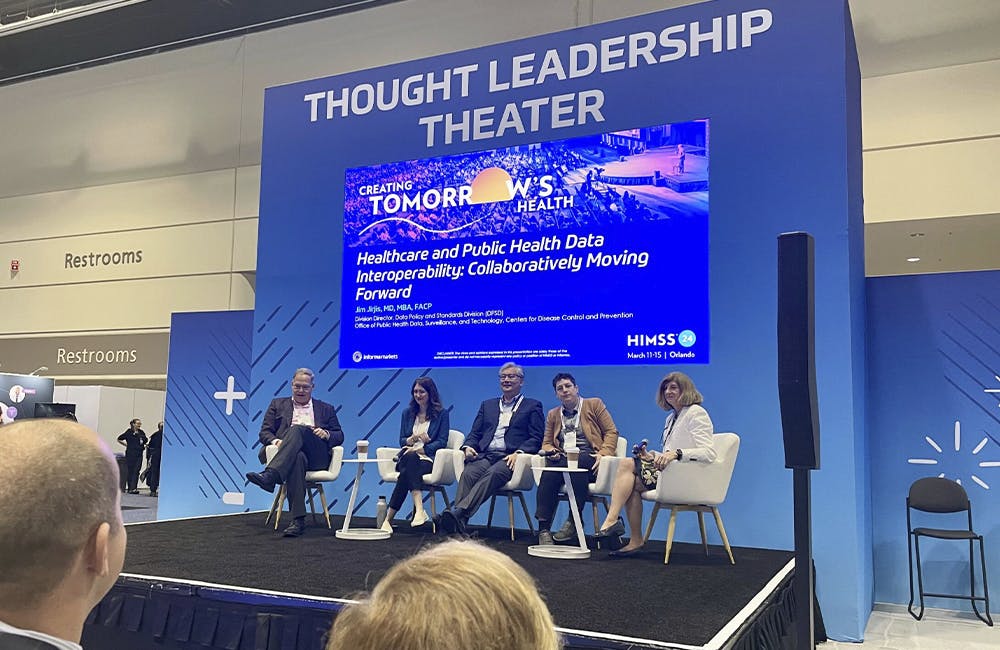Digital Memorial Adds Over 300,000 Veteran Records Using Army Data
The Veterans Legacy Memorial remembrance platform includes additional veteran profiles from DOD cemeteries ahead of Memorial Day.

The Department of Veterans Affairs Veterans Legacy Memorial (VLM) digital remembrance platform has added new veteran pages by connecting outside its network walls across 27 Defense Department cemeteries ahead of Memorial Day this year.
The bulk of the approximately 300,000 new records comes from Arlington National Cemetery, which is managed by the Army. To successfully add the new pages, National Cemetery Administration Digital Services Officer James LaPaglia said the agency went through a formal, deliberate three-month discovery period with the Army to inspect its data.
“We looked at their data to see how it compared to the data fields that we’d already been using in VLM to display on veteran pages. What fields might be different? Are they named differently? Did we have to structure tables differently on the backend? Then we all got together and said, ‘Okay, looks like we have a path forward,’” LaPaglia told GovCIO Media & Research in an interview.
Under the collaboration, VA connected with the Enterprise Interment Services System (EISS), an Army-managed database within DOD to record interments. LaPaglia noted the data within the system is 95% to 98% the same types of data and information VA has already displayed on VLM’s current 4.5 million veteran pages, so VA didn’t have to adjust its template much to accommodate the additional pages.
“This is a big leap forward for VLM. … For us, to be connecting to a database outside of the VA, is a first. It’s also something that our customers have been asking for from the beginning when VLM started in 2019. The fact that Arlington National Cemetery wasn’t part of VLM was a surprise for many people. Lots of people don’t know that the Army runs Arlington National Cemetery,” LaPaglia said. “This has been a long time coming, and that’s the scope of the expansion.”
Improving Search and Tech Processes For VLM
Over the past year, the agency has worked to improve its DevSecOps processes, implementing automatic pushes and releasing code to lower environments to bolster the site. The agency also redesigned and unified all the interactive modules to be designed in a similar fashion, standardizing and simplifying the process for any future changes.
To accommodate for the additional website traffic, the team also added more containers and implemented autoscaling to allow automatic deployments of additional containers if CPU or traffic increases to an amount that demands it.
Additionally, VA revamped its landing page basic search feature to return search results in less than five seconds — a direct improvement to the customer experience.
“The revamping of the basic search feature came directly from user feedback. We added fields, we separated a single name field into a first name and a last name field, we added a year of death field, we synced up a huge list of 200 to 300 cemeteries into state and territory categories,” LaPaglia said. “The front-end user experience for the basic search will be more user friendly. Then, the logic for how we return those results was completely revamped. It’ll be much easier for people to find their veterans.”
VA also fielded user feedback surveys to get valuable information on barriers with the site and how to use the site. LaPaglia’s team also partnered with the agency’s Veterans Experience Office (VEO) to conduct a formal discovery and user experience process to generate action items.
“It generated about 50 actionable items that we put into JIRA for the team to tackle, and we have already started chunking that up and achieving some of those,” LaPaglia added. “This basic search revamp was one of those larger user experience actionable items that came out. … My guess is that we’ve already gotten through a dozen of those 50 actionable items, and we’ve already tagged 10 of them for a future CX effort next year.”
Looking ahead, the VLM team plans to bring in more automated testing to streamline validation checks. The team recently started the discovery process for a database on headstones and markers and plans to bring those records to VLM in the future.
The program also eventually aims to bring in records from private cemeteries and ones managed by independent agencies — including many of the ones residing abroad for World War I and II and the Korean War, for example.
“It’s a huge chunk. We’re talking about more than 5 million additional records. So that will double us in size. That’s a huge undertaking that we’re pushing toward,” LaPaglia said. “We hope to partner with the American Battle Monuments Commission to bring in those cemeteries. Those are mostly overseas. … We have a lot more expanding to do. Our goal all along is to create a page for every veteran no matter where their resting place.”
Find a veteran today at www.va.gov/remember to contribute to their digital legacies.
This is a carousel with manually rotating slides. Use Next and Previous buttons to navigate or jump to a slide with the slide dots
-

VA Kicks Off EHR Program at Joint Facility with DOD
The agency's Dr. Neil Evans briefed how the Oracle-Cerner program rollout in North Chicago is informing next steps in EHR modernization.
4m read -

Defense Planning Commission Recommends Common Analytics System
The group's report says that data modernization is critical to streamlining and providing agility to budgeting process.
3m read -

Health Agencies Tout Standards in Data Sharing, Interoperability
Officials from CMS, ONC and HHS spoke about data standards and how to help smaller health organizations make modernization progress.
3m read -

Defense Board Outlines Path for Integrated Digital Ecosystem
Members of DOD's board exploring digital business transformation said that standards and culture are some of the keys to technological change.
4m read








